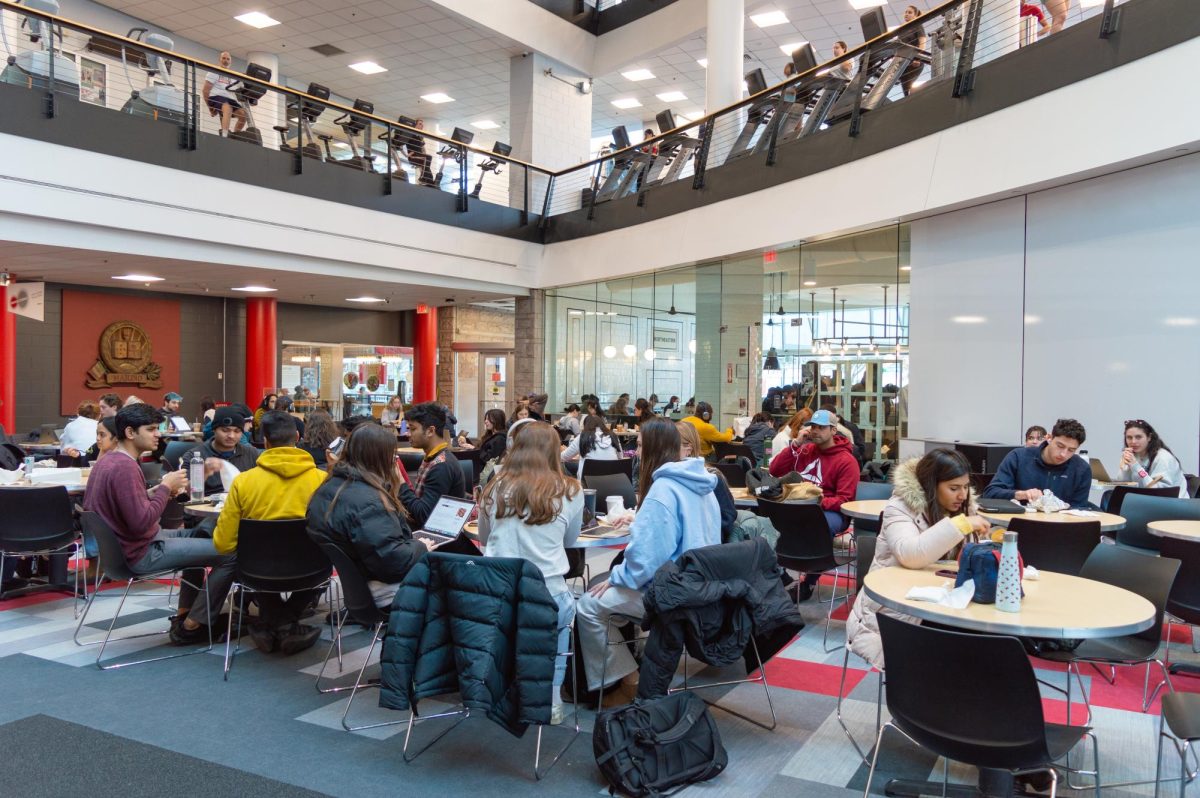The university’s budget was revealed on Monday to the faculty and student senates, with the most significant item on the budget being a 5.5 percent increase in tuition for the fiscal year of 2003-04.
The increase will be implemented evenly across the board. Senior Vice President of Finance and Administration Laurence Mucciolo said that most students will not feel the impact of a tuition increase because of financial aid. This means that students who can afford the increase will carry the cost of a swollen tuition bill, while students with lower expected family contributions will not feel the affects of the change.
Or as Mucciolo put it, “You ever see Robin Hood?”
The increase, a single rate for all students, is normal practice at universities across the nation, but in the past, has not been for NU. This change, among others, has begun the assimilation of NU into the world of ambiguous universities, whereas universities are not judged by their defining features, they are instead ranked by a magazine — US World News and Report. This magazine and its key catch phrase, “the top 100” has infiltrated NU and its practices, skewing what should be the main focus — the students.
Funding priorities such as a reduction in the average class size to 19 students and the addition of faculty positions were justified in Monday’s presentation not for the students’ benefit but for the ranking. Over a half million dollars is being dedicated solely to develop corporate and alumni relations. However, one of the budgeting goals for the upcoming year is to foster student success.
Which students does the university mean to foster? Current students or students that have graduated and are willing to donate millions for research facilities or to strengthen endowment?
Other priorities include financial aid and the implementation of new staff members in cooperative education and enrollment management. Not a bad idea, but one must wonder if this is the university’s main concern.
According to US News and World Report, all of the above priorities are used to rank universities.
“Assessment by administrators at peer institutions, retention of students, faculty resources, student selectivity, financial resources, alumni giving, and (for national universities-doctoral and liberal arts colleges-bachelor’s) ‘graduation rate performance,’ is the difference between the proportion of students expected to graduate and the proportion who actually do. The indicators include input measures that reflect a school’s student body, its faculty, and its financial resources, and outcome measures that signal how well the institution does its job of educating students,” the magazine stated on its Web site.
The bottom line is, will a 5.5 percent increase in tuition benefit the students that must pay for their education or the university that imposes a fee and craves national acclaim?
The university needs to fund programs that will keep the fire burning within each NU student. There is a desire that NU students all possess that no ranking or $93 million facility will reflect.
The budget offers priorities that are essential for a successful university. According to this year’s budget, NU’s priorities are not pure. For if they were, students would not bear the brunt of a hefty tuition hike during an economic downturn.








